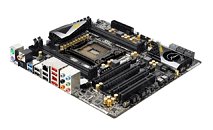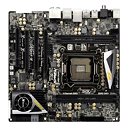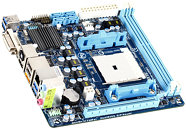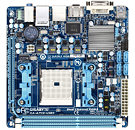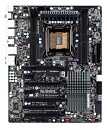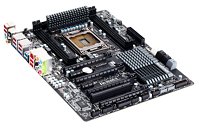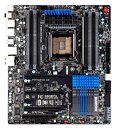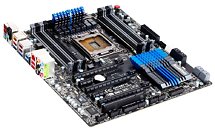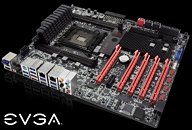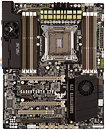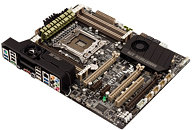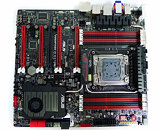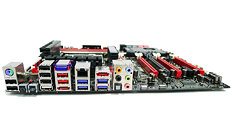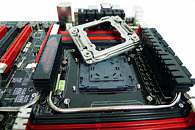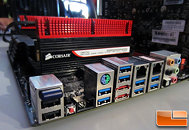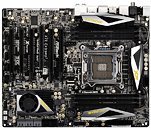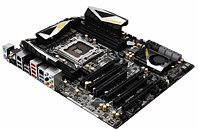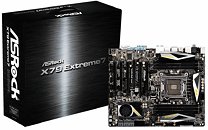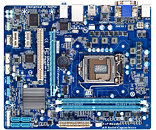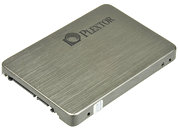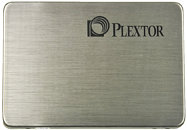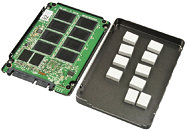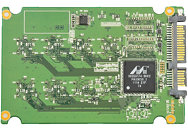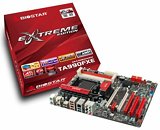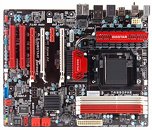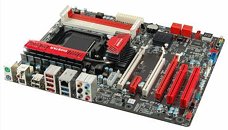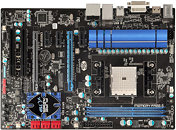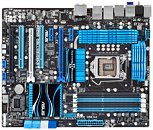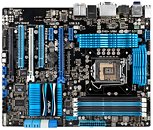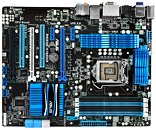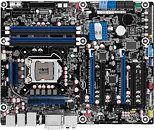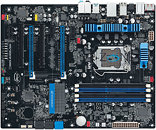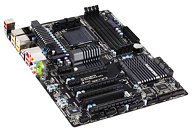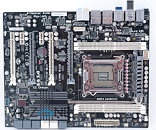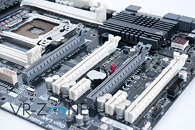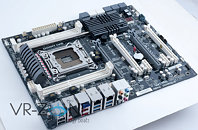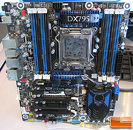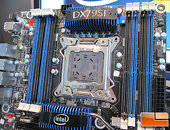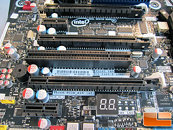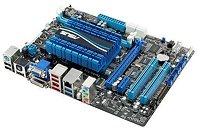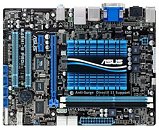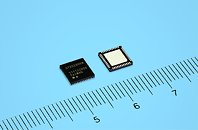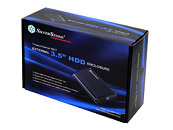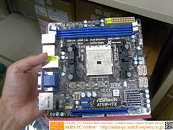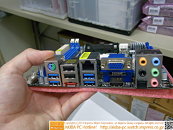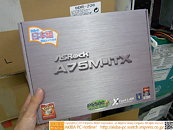
ASRock X79 Motherboard Headed by Feature-Rich Extreme9 Model
ASRock's socket LGA2011 motherboard lineup doesn't end with X79 Extreme7 as thought before, the company thinks there's scope for an even more loaded model that's literally bursting with connectivity and expansion features. Enter the X79 Extreme9. This board uses high-grade digital PWM circuitry to power the CPU. It draws power for the CPU VRM from two 8-pin EPS connectors. Unlike the X79 Extreme7, this board features eight DDR3 DIMM slots, two per memory channel. Expansion slots include five PCI-Express 3.0 x16, and a PCIe x1.
Since it completely ran out of room on the main PCB, ASRock put two important connectivity features on a separate (included) addon card, called the ASRock "Game Blaster". This card occupies the PCIe x1 slot, it packs a next-generation Creative SoundCore3D audio processor (more advanced than X-Fi), and a low-overhead/low-latency gigabit Ethernet connection. It's not exactly known if this connection is driven by a Killer 2100 or a more common PCIe GbE PHY backed by ASRock's proprietary packet prioritization software (XLAN).
Since it completely ran out of room on the main PCB, ASRock put two important connectivity features on a separate (included) addon card, called the ASRock "Game Blaster". This card occupies the PCIe x1 slot, it packs a next-generation Creative SoundCore3D audio processor (more advanced than X-Fi), and a low-overhead/low-latency gigabit Ethernet connection. It's not exactly known if this connection is driven by a Killer 2100 or a more common PCIe GbE PHY backed by ASRock's proprietary packet prioritization software (XLAN).


